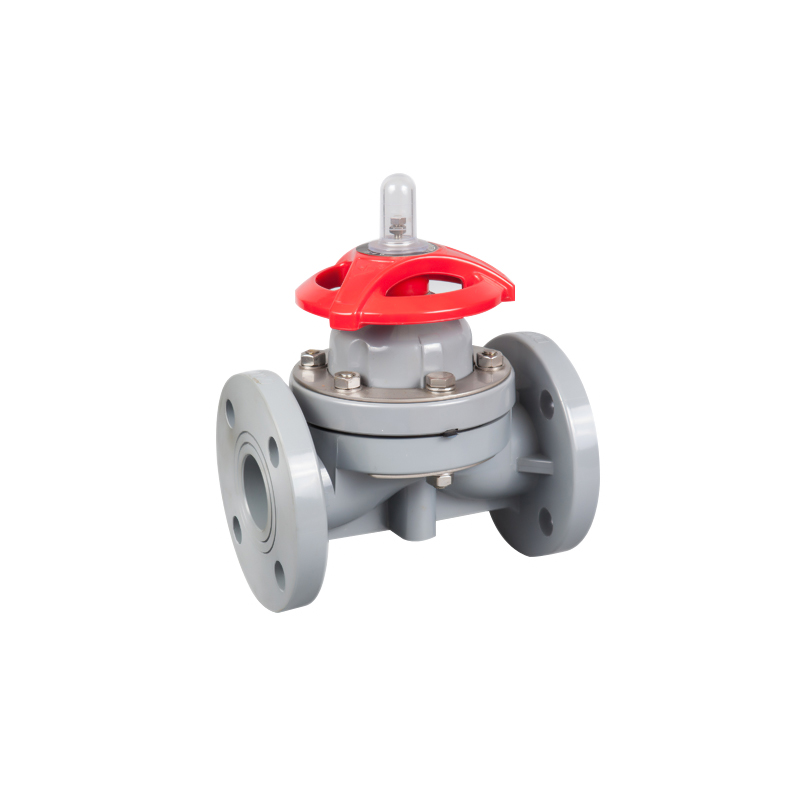Summary:Choosing Valve Fittings
Valve fittings are used to connect valves in a pipeline. Valve fittings are available in various...
Valve fittings are used to connect valves in a pipeline. Valve fittings are available in various materials, including bronze, brass, and copper. These metals have similar properties and have varying levels of corrosion resistance. Bronze is most commonly used in pipe fittings, while brass is more commonly used for valve bodies. Both materials are strong and durable. There are a variety of different materials used in valve fittings, and choosing the right one will depend on the purpose of the valve.
Valve fittings are a crucial part of plant systems because they connect pipelines and direct the flow of fluid. These pieces utilize hydraulic energy to move fluid from one part of the plant to another, which ultimately impacts plant performance. Valve fittings can be purchased in a variety of sizes, and they also come with a variety of connections.
When choosing a valve fitting, make sure to consider the type of gasket used. In general, gaskets will be smaller for valves with raised-face flanges. A raised-face flange is also useful for a flush-face flange. Another type of valve fitting is a rising-stem gate valve. In this type, the stem moves inside the bonnet, and a disc is attached to the end. This affects the height of the handle and the length of the external stem.
Pipe valves are a popular category of pipe fittings. They are used to control the flow of liquid and gas. Some of them stop the flow completely, preventing flooding, while others allow it to flow in either direction. Modern pipe valves can also be customized to perform specific functions, such as controlling pressure and regulating flow.
Polytetrafluoroethylene (PTFE) is a thermoplastic elastomer used as a valve seal. Its properties include high resistance to heat and low permeability. Its properties make it an excellent choice for high-temperature applications. These polymers are also chemical-resistant.
The two most common types of valves are Z-style and angle valves. The Z-style has two right-angle turns, and is the most common type. Z-style valves have relatively high head losses. In contrast, the Y-style and angle valves have less restrictive designs. The Y-style valve is oriented at a 45-degree angle to the valve body. Angle valves, on the other hand, turn the flow 90 degrees.
The choice of valve accessories should be based on the engineering specifications and the intended use. The material used is also important. Materials used in valves and their accessories should be corrosion-resistant. PTFE is also commonly used. However, the choice of material depends on the application and the cost of fabrication and installation.
Another common type of valve is the ball valve. Its main purpose is to control the flow of air and water. These valves are used in nearly every industrial process. They are commonly found in aerosol spray cans, aircraft fuel tanks, HVAC ductwork dampers, and compressed air systems. Some are even used in military and transport applications.
There are two basic types of valves: manual and automatic. Manual valves are operated by a crank or a pneumatic actuator. Automatic valves are driven by pressure, temperature, and flow. A pressure release valve, for example, activates when an overpressure condition is detected. These valves feature a variety of characteristics to help you decide on the right one for your application.
Ball valves are also commonly used in sanitary systems. These valves have spring loaded diaphragms and are designed to relieve internal pressure and external pressure. The key specifications to look for in a ball valve are the size, port connections, and pressure rating. You will also need to consider the intended use and the materials used to make the valve.
Another important feature to look for is the flow rate of the valve. The right valve can provide accurate flow control and reduce costs. A valve that is too small or too large can restrict flow and create back-pressure upstream. Choosing the right size depends on the diameter of the connector and the flow rate of the fluid. Some valves provide excellent flow while others are constrictive, and the right size for your application will ensure the best flow control.
There are a wide variety of different types of needle valves. These are typically used in systems with a small diameter. They allow for fine adjustments to fluid flow and are popular for their high flow control.
CPVC WEIR FLANGED DIAPHRAGM VALVE

Media: Chemical, acid, water, oil, etc.
Actuator: Manual
Connection: Flanged Diaphragm Valve
Material: Plastic(PVDF/UPVC/CPVC/FRPP/Pph)
Structure: Weir Diaphragm Valve
Standard: DIN, GB, ANSI, JIS
Size: Dn15-Dn300(1/2′′-10′′)
Temperature: Ordinary Temperature
Model NO.: G41F-6S
Pressure: Low Pressure
Flow Direction: Unidirection/Bidirectional
Usage: Flow Control
Standard: DIN, GB, ANSI, BSW, JIS
Size: Dn15-Dn300
Trademark: Baodi
Transport Package: Carton
Origin: China
HS Code: 8481804090
Function: Intelligent Type
Diaphragm: F46 or PFA
Body Material Temperature Range(oC) CPVC: 20-95
Gasket: EPDM

